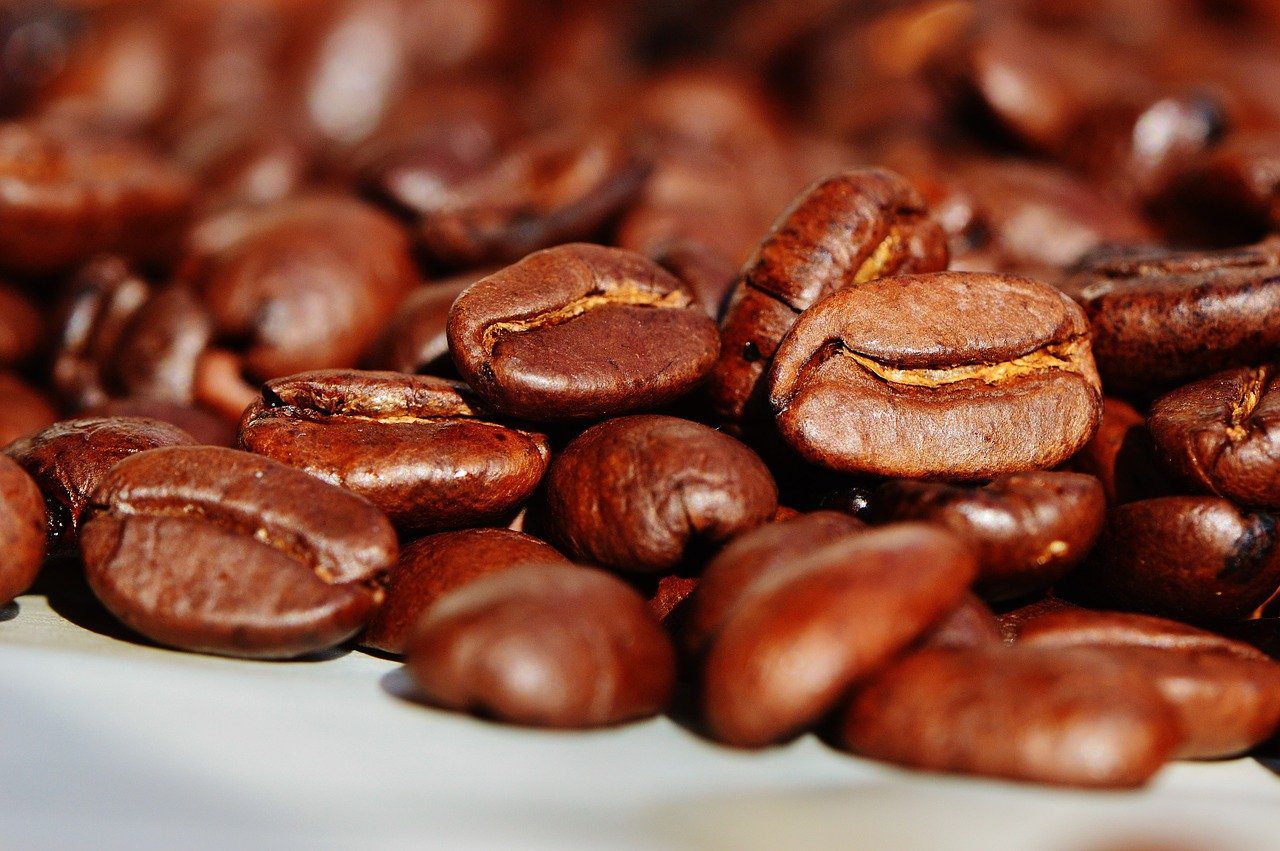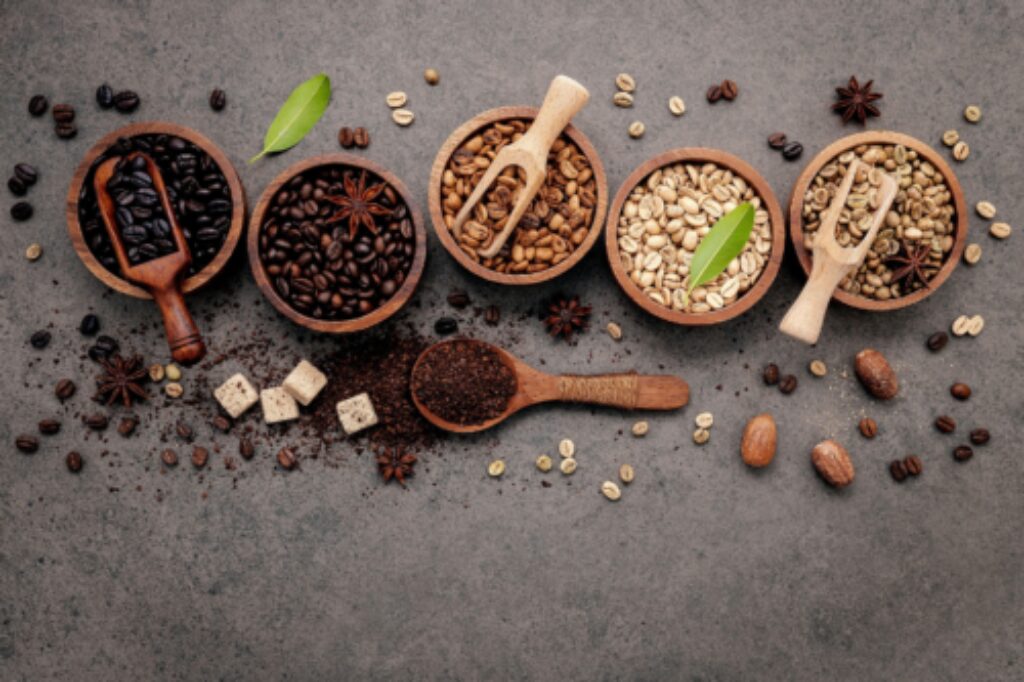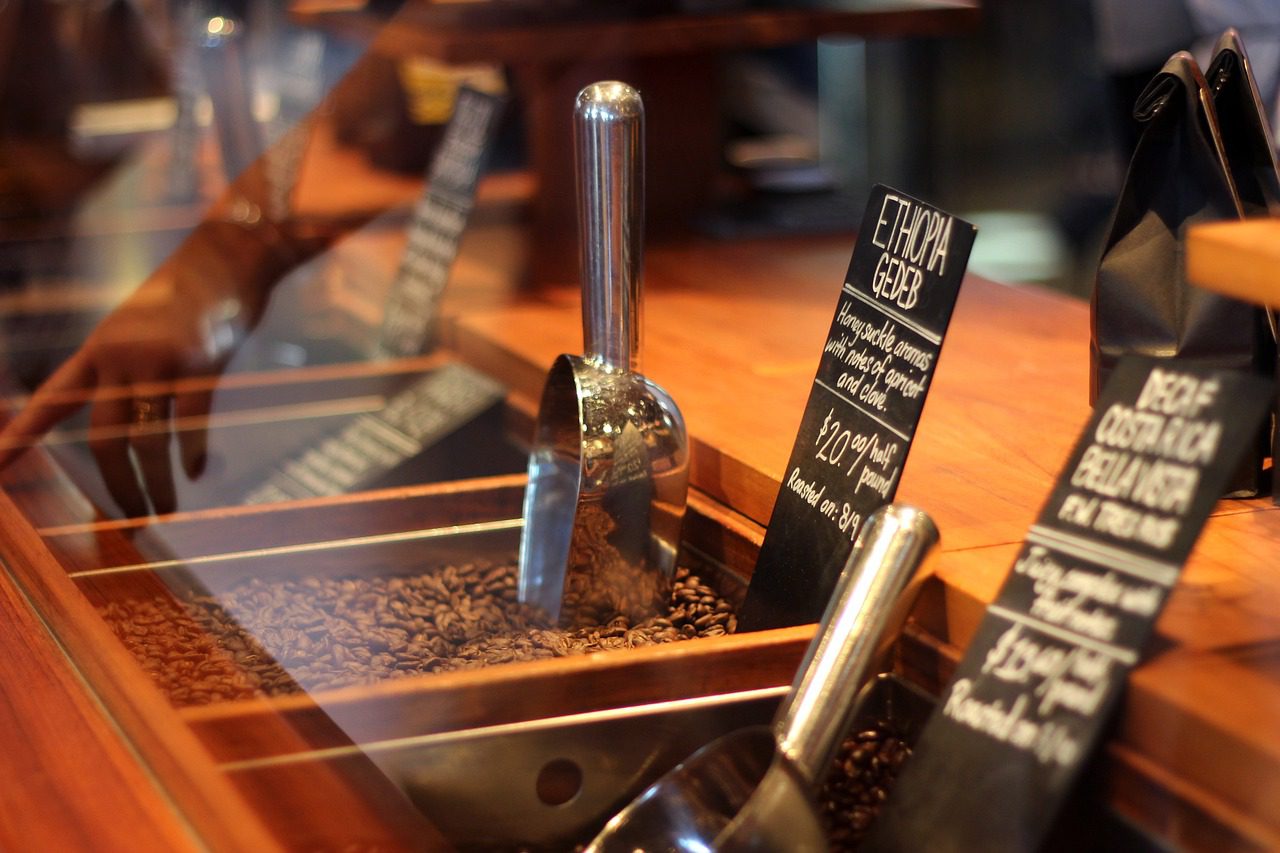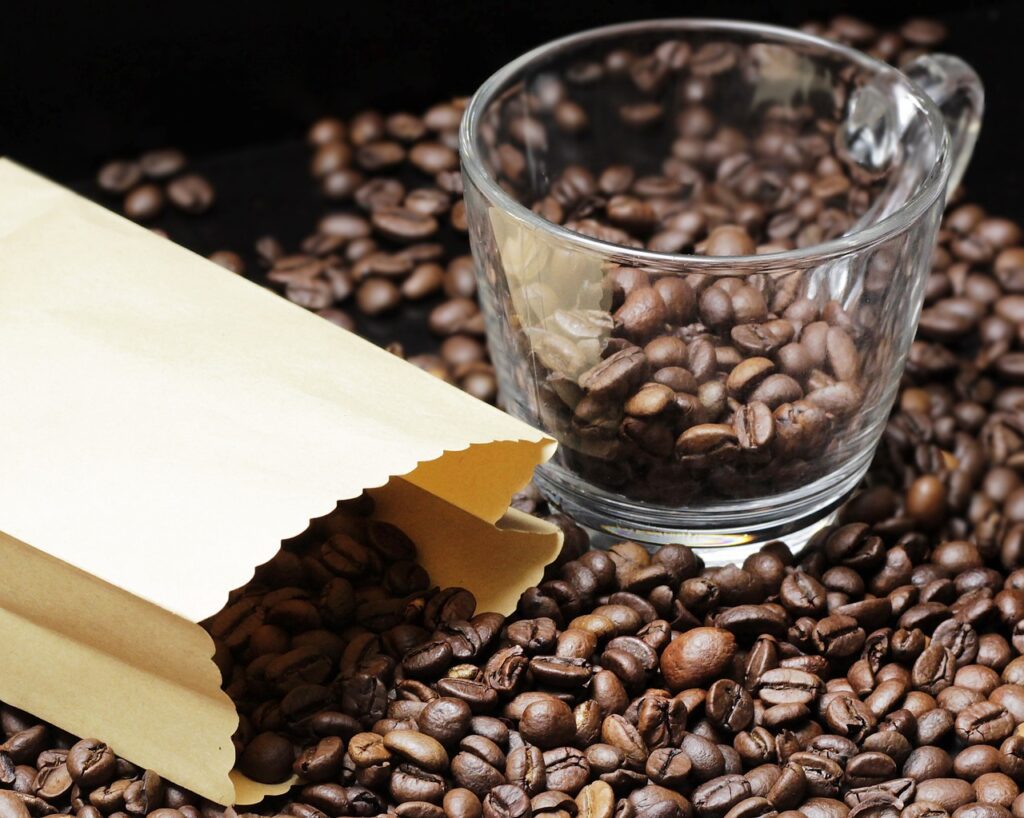
Buying the best coffee beans has become very easy today. Thanks to Internet commerce and international shipping, it is conceivable that someone in Australia may order a single-origin coffee grown in Brazil online. Such point-to-point individualism and identity tracking were previously unthinkable. We introduce this information about bean freshness for practical purposes. And by the time it’s all through, you’ll be able to:
Choose the greatest type of coffee for you by identifying and evaluating the best, freshest options available.
• To do a coffee cupping;
•To distinguish between several coffee blends and create your unique one.
Be aware that beans typically lose weight and swell in size when they are roasted.
The main characteristics of Coffee beans
Because coffee is such a tiny, delicate fruit, even the slightest variation in its place of cultivation or in the manner in which it was harvested, graded, sorted, processed, packaged, and delivered appears to have a significant impact on how it tastes in the final prepared cup.
It is crucial to comprehend these variations to learn how to select the cup. Learning how to choose the best beans, whether they are already roasted or those you plan to roast yourself, requires understanding these differences.
Choosing the best Beans Species

Coffee is the genus name for several coffee plant species that belong to the Rubiaceae family. The first plant species to be domesticated, Arabica has the most potential for flavor. Robusta and Liberica, two further significant species that are less commonly used commercially, are used mostly in commodity coffee.
The Terroir of coffee beans
The soil that the coffee trees are placed in has a significant impact on the flavor and taste of the beans. Coffee cultivated in various soils receives various nutrients since, as gardeners are aware, the soil nourishes the plants. For instance, even though the beans come from the same parent-grown trees, Yemen’s chalky or sandy soil yields significantly different-tasting coffee than Jamaica’s rich volcanic soil.
The Climate conditions where the Best Coffee Beans are grown
Beans grow and taste differently depending on the amount of rainfall, sunlight, temperature, and other environmental conditions. Seasonal length, the rate at which beans ripen, and the importance of water as a nutrient for healthy hydration are all influenced by the climate of a given area. Coffee, for instance, ripens later in the highland air.
Beans Farming Standards and Techniques
A variety of cultivation methods help coffee beans reach their full potential. The ability of the soil to effectively nourish the trees is altered by soil fertilization, watering, and other tree care practices. For instance, contoured soil guarantees that water is distributed equally among trees. To ensure a high-quality crop, farmers must harvest beans at the pinnacle of ripeness. For the beans to be ripe, this entails plucking coffee multiple times throughout the month. However, single-picking results in under- and over-ripe beans in various cases. Additionally, coffee trees only yield high-quality beans after a limited number of harvests, thus a well-run farm regularly replants its trees.
Processing coffee beans

The coffee tree’s fruit, which is spherical, fleshy, and has a huge seed pit, resembles cherries in appearance. These seeds must be taken from the trees and dried before being used to manufacture coffee. The dry method and the wet method are the two processing techniques. The original method of dry processing is still used in many nations across the world.
Dry processing method
1. The fruit and skin of picked cherries become brittle and simple to remove during the dry process when they are left to dry out on a sun-exposed surface, such as a flat rooftop.
2. Layering beans is acceptable as long as they are frequently turned to prevent the bottom layers from becoming moldy and the top layers from becoming scorched. If too much skin is peeled off during the gathered bean’s skin removal stage, the beans lose a layer of protection and may become susceptible to mold or early staleness. The dry process is handled by hand to a large extent, if not entirely.
Advantage of the dry method
A coffee bean and its terroir are always represented most accurately through the dry process.
This approach only preserves the bean’s flavor as it was developed by nature.
Additionally, dry processing increases viscosity, body, depth, and mild acidity, and may even produce earthy flavors and tastes.
Less water is needed when using the dry method, which is crucial in places where there is hardly enough for human consumption.
Disadvantage of the dry method
This lengthy process calls for knowledgeable personnel and sound judgment.
Wet processing method
Coffee cherries soften in huge water vats during wet processing. The seeds are then mechanically removed by a machine:
While the beans drop to the bottom, the soft fruit peels off and floats, with the flesh being thrown away or composted.
The seeds are subsequently dried, either naturally using the old-fashioned solar process or mechanically using dryers. With the latter, if not closely monitored, beans might dry out excessively and fracture, leaving them susceptible to the growth of mold.
They are hulled after they have dried entirely, either mechanically or by hand, and the skins are only partially removed.
Advantage of the wet method
Because the skin is removed more quickly during wet processing, the acidity is sharper, and the taste may be cleaner and less earthy.
Wet method disadvantages
The wet method involves water, adding to the risk of mold formation.
What about Buying Fresh Roasted Beans

What stores sell green beans? Getting them at your home was very different from the previous century. This was because Commercial Green Brokers’ brokers never engaged in direct consumer sales.
All of this has since changed thanks to the Internet, which now makes it feasible to access green bean sources online in a variety of sizes and price ranges.
Finding prize-winning green beans is simple. Purchase a few hundred grams to sample coffee for yourself. Additionally, keep in mind that you should use them while they are still fresh. The whole point is that. Join forums for home-roast coffee and get involved. Finding the good goods is usually done through word of mouth.
Search online for establishments that have been reviewed by actual customers who have used those locations if you’re looking for specific places to get green coffee.
Someone else selected the green beans and probably followed the recommendations we just covered here when purchasing the already-roasted coffee beans. The roast of a coffee is essential to its flavor, so be sure to examine it. Its freshness of bean and roast is also.
Tips when Buying the Best Coffee Beans in a Season

Distinct Coffee connoisseurs continuously strive to get the perfect coffee flavor. Additionally, use the coffee’s smell very immediately to ensure that it tastes the finest. Additionally, use it soon to guarantee the greatest possible coffee flavor.
You should therefore consume what is in season, which necessitates understanding the dates when various coffee-growing regions plant and harvest their harvests.
You must carefully consider the appropriate season for that. Coffee needs time from the time of its initial blooming until the beans are ready to be harvested. Due to their extreme wet and dry seasons, several producing nations only have one harvest each year. Other places, like Ethiopia, have more reliable weather, so they can harvest frequently.
With its massive, industrialized approach to coffee production and reliable weather, a leading producer of coffee like Brazil can harvest throughout the year.
Most nations typically experience one or two harvests every year. The beans on a farm with more sun exposure might ripen earlier than those on a farm with mountain or tree shade. The coffees that are picked and ripened earlier are frequently of poorer grade.
We discovered that the middle-arriving beans are always of the highest quality. Unripe or past-prime cherries may be picked by coffee pickers to increase their earnings because they are often paid by yield rather than for their judgment.
However, we are aware that the early and late parts of the season are simply when there are more beans available.
Tips for Storing Roasted Coffee, Which Are Important

Freshly roasted coffee contains about 2% of its weight in CO2 (carbon dioxide) and other gases. Over a month or more after roasting, pressure within the beans causes the gases to desorb very slowly.
The internal bean pressure is high enough the first day after roasting to stop large amounts of oxygen from entering a bean’s structure. After that, oxidation results in the staling of the coffee and the loss of its flavor. Greater internal bean pressure, increased gas, and an enlarged cell structure with wider holes are all results of roasting at a higher or darker temperature.
These all have the potential to result in quicker gas absorption and quicker staling following roasting.
Understanding that darker roasts degas and stale more quickly than lighter roasts is important, in our opinion.
The pace of degassing is also impacted by roast process development. A bean’s cellulose structure can be strong and nearly impermeable if it is undeveloped, keeping some gases inside the bean’s interior chambers. Then I bagged, roasted coffee, a conspicuous lack of outgassing could be a sign of underdevelopment.
For keeping roasted beans, several options can be used, and each has specific benefits and drawbacks.
Options exist for storing roasted coffee.
Unsealed containers
Valve bags
Vacuum-sealed valve bags
Nitrogen-flushed valve bags
Airtight bags
Nitrogen-flushed, pressurized containers, freezing
Unsealed storing containers.
Beans that are kept in an open bag or another airtight container go bad soon. Consume this coffee ideally 2 to 4 days after roasting.
storing bags.
In the specialty coffee sector, one-way valve bags are the norm. While these bags typically stop fresh air from entering, they do enable some gas to escape. For a few weeks after being stored in such bags, coffee will still taste good.
The loss of carbon dioxide and some of the coffee’s aroma, especially in espresso, is the most obvious alteration in the coffee after a few weeks in a valve bag.
Vacuum-sealed storage bags for valves
Coffee in a valve bag cannot oxidize as much because of vacuum sealing, which prevents flavor deterioration.
Storing valve bags with nitrogen-flushed
Utilizing a nitrogen-filled valve bag reduces possible oxidation to practically nothing. Coffee’s oxidation is restricted by valve bagging, although the loss of internal, pressurized gases is barely affected. The lack of gas pressure to repel oxygen causes the beans to stale significantly more quickly when opened from a valve bag after many days or weeks of storage.
Airtight storage containers
Nowadays, few roasters still utilize impermeable bags. Such bags prevent oxidation, but bean outgassing makes it difficult to store and handle them since the bags puff up.
Nitrogen-pressurized storing containers
The best packing choice is this one. Oxidation is stopped by nitrogen flushing, and outgassing is stopped by pressurizing the container. Coffee can continue to taste good for months after roasting if the container is kept at a cool temperature to slow aging.
An easy way to best Freezing Coffee Beans
In the coffee industry, freezing coffee grounds or beans is a contentious practice. Adherents assert that it extends freshness. Detractors assert that the coffee oils and fragrances inside the beans cannot be frozen and that any gains are undone by the condensation that accumulates on the beans as they enter and exit the freezer.
As long as they are properly packaged and removed, we typically think that freezing beans or grounds work well to extend their shelf life.






